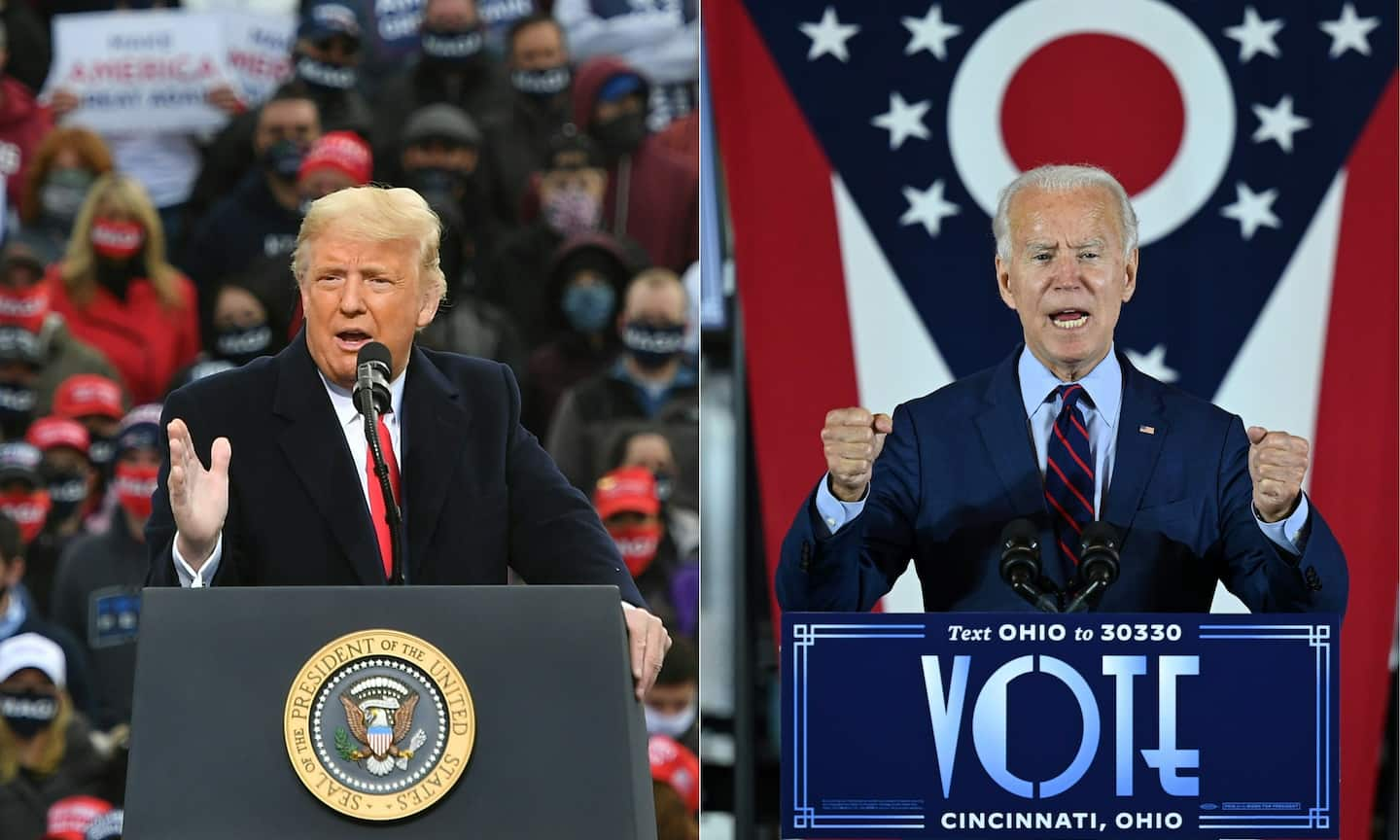Here are the states which have been the most likely to deliver the presidency

That year, the state was Michigan. Reagan won Michigan by 19 points, but, when ordered from strongest to weakest, Michigan was the point at which Reagan went from 263 to 283 electoral votes — and from a one- to a two-term president. In other words, Reagan won 32 states by a wider margin than Michigan, states worth 263 electoral votes. It was that 19-point Michigan win that put him past 270.
It is admittedly not very useful to think about tipping point states in elections where the the results “tip” about as much as a tsunami might be considered a gentle wave. In elections like 2016, it’s more useful. Four years ago, the tipping point state was Pennsylvania, bringing President Trump over the 270-vote mark.
Depending on how you look at it, anyway. Since the number of electoral votes earned by Trump and Hillary Clinton wasn’t the number that were actual cast for them that December, things get a bit wonky. Mix in Maine and Nebraska’s idiosyncratic rules allocating electoral votes by the results of congressional districts and things get weirder still.
But instead of pursuing that entertaining wonkiness, it’s more interesting to consider how likely states have been to be those tipping points over time. How often has each of the 50 states and D.C. which awards electoral votes been the one to hand a candidate the presidency on this measure (ignoring, again, electoral college weirdness or the Maine/Nebraska one-offs)?
As a general rule, the states which are most often tipping-point states are ones where the results run toward the middle of the pack nationally. States which usually vote heavily for one party or the other, then, are much less likely to be tipping point states. And the bigger the state, the more likely it is to hit that status. After all, a state with 20 electoral votes could be the tipping point if the states the victor won by more gave him anywhere from 250 to 269 electoral votes.
You may not be surprised to learn, then, that the place that has been the least likely to be a tipping-point in the past century is D.C.: few electoral votes, highly partisan. Next is Nebraska, also quite partisan and not terribly populous.
The state that’s been most likely to be or to be near the tipping point? Good old Ohio, which has been the tipping point three times and within two states of the tipping point on 11 occasions.
Two other states have been the tipping point as often as Ohio: Pennsylvania and Michigan. The Rust Belt was critically important in 2016 — but that wasn’t really a new development. Again, the reasons are pretty straightforward: middle-of-the-road voting plus larger populations.
There’s another region that stands out on this metric. In the Deep South, states have almost never been tipping points. That’s in large part because they’ve always voted along heavily partisan lines, though the party that benefited flipped after the passage of the Civil Rights Act. You can see that infrequency on the map below, and you can see the partisan flipping on the chart above.
Again, this doesn’t necessarily mean that presidents who lost Ohio wouldn’t have won the presidency, any more than Reagan losing it in 1984 would have been in any trouble. But given that the candidates in 2020 have been spending a lot of time in several states toward the bottom of that first chart does reinforce their importance.
For Trump, Ohio holds a special significance, that you’ve no doubt heard about. No Republican has ever won the White House without winning Ohio. Polling suggests that Trump will at least win the state, even if he doesn’t win the White House. Polling also suggests that Ohio won’t be the tipping-point state.
That, according to FiveThirtyEight, is predicted to be Pennsylvania.






